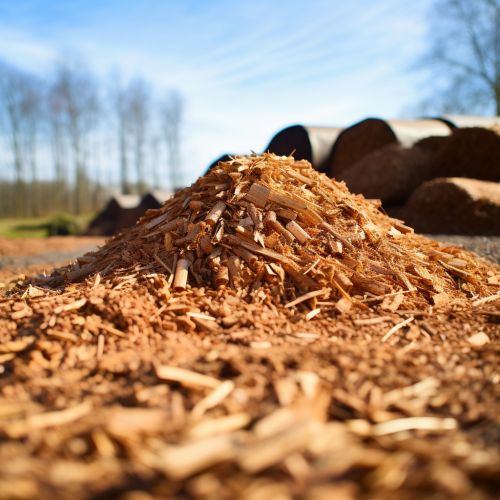Advances in Biorenewable Chemicals from Biomass
Introduction
Biorenewable chemicals, also known as bio-based chemicals, are substances derived from biomass sources, such as plants, trees, and algae. These chemicals serve as an alternative to traditional petroleum-based chemicals, offering potential benefits in terms of sustainability, environmental impact, and economic development. The field of biorenewable chemicals has seen significant advances in recent years, driven by technological innovations, policy support, and market demand.
Biomass as a Source of Biorenewable Chemicals
Biomass is organic material that comes from plants and animals, and it is a renewable source of energy. It includes a wide variety of materials, such as wood from forests, agricultural crops, waste from homes and businesses, and even non-food sources like grasses and trees. Biomass can be converted into biorenewable chemicals through various processes, including fermentation, pyrolysis, and gasification.


Advances in Biorenewable Chemical Production
The production of biorenewable chemicals has seen numerous advances in recent years. These advances can be grouped into three main categories: technological, economic, and environmental.
Technological Advances
Technological advances in biorenewable chemical production have been driven by improvements in biomass conversion technologies, the development of new catalysts, and advances in biotechnology. For example, researchers have been able to improve the efficiency of bioconversion processes, allowing for the production of a wider range of chemicals from biomass. Additionally, the use of genetically engineered microorganisms has enabled the production of chemicals that were previously difficult or impossible to produce from biomass.
Economic Advances
Economic advances in the field of biorenewable chemicals have been driven by a combination of policy support, market demand, and cost reductions in biomass conversion processes. Government policies, such as renewable fuel standards and tax incentives, have helped to create a market for biorenewable chemicals. At the same time, improvements in conversion technologies have helped to reduce production costs, making biorenewable chemicals more competitive with their petroleum-based counterparts.
Environmental Advances
The production of biorenewable chemicals offers potential environmental benefits, including reductions in greenhouse gas emissions and decreased reliance on non-renewable resources. Advances in life cycle assessment techniques have allowed for a more accurate understanding of these benefits, helping to guide the development of sustainable biorenewable chemical production processes.
Challenges and Future Directions
Despite these advances, there are still challenges to be overcome in the field of biorenewable chemicals. These include technical challenges related to biomass conversion, economic challenges related to market development, and environmental challenges related to sustainability. However, ongoing research and development efforts, combined with supportive policy measures, are expected to help address these challenges and drive further advances in the field.
